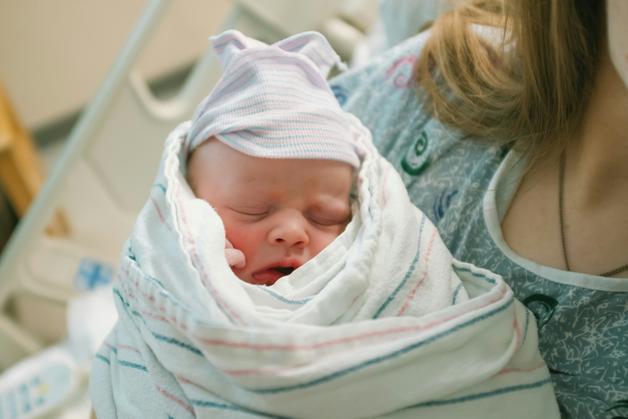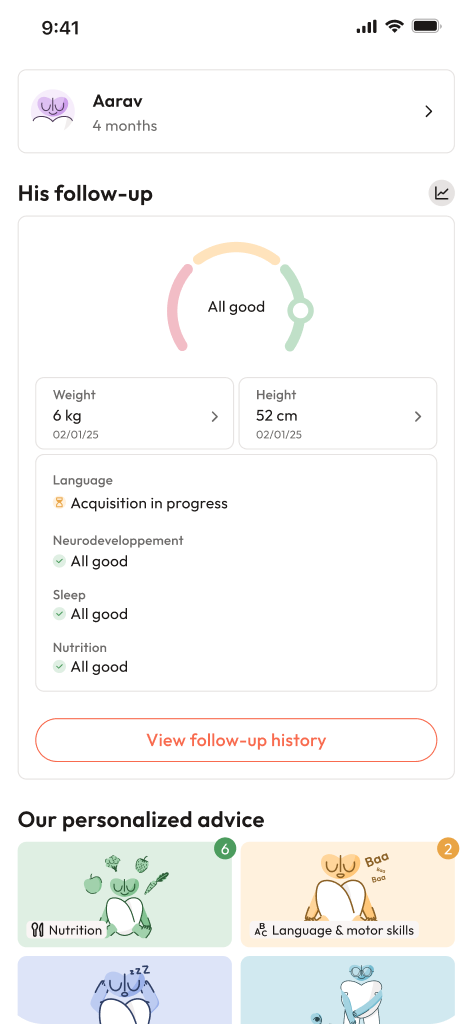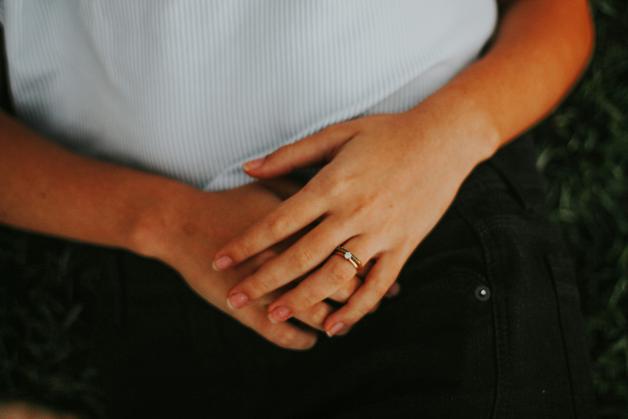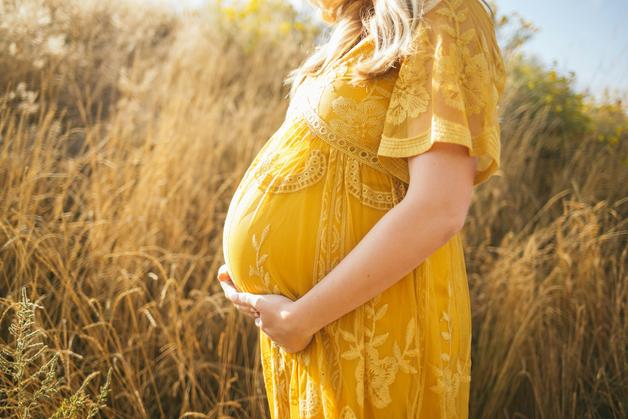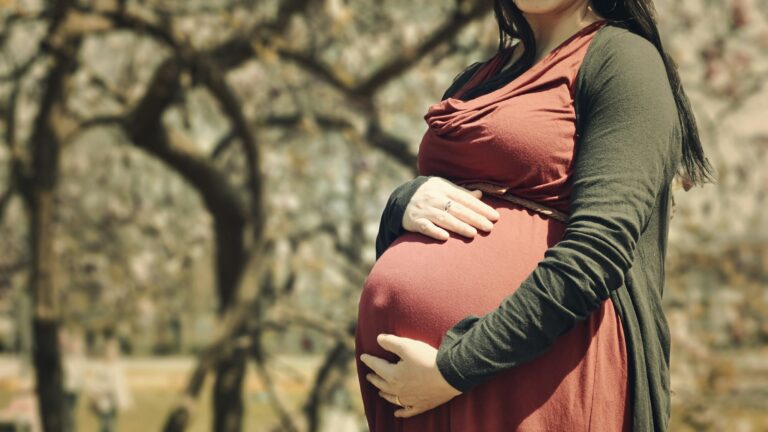Bringing your tiny newborn home—some say it’s a bundle of joy, but most new parents will admit it’s also a bundle of questions, uncertainties, and a dose of midnight chaos. Should you get six bodysuits or a dozen? Is a bottle steriliser indispensable, or a luxury? And what exactly goes into a newborn essentials kit—those ready-to-use bundles, so often praised in parenting forums, hospital classes, and WhatsApp family groups? If you’ve pondered over this, scanning endless shopping lists and feeling overwhelmed, take a deep breath.
A well-planned newborn essentials kit is more than a shopping exercise—it’s a practical safety net. Precise preparation truly does make a difference: it means you answer the cries of the early weeks with calm, have scientific reassurance at your fingertips, and create space for those delicate first cuddles. This comprehensive review explores what to include, how quantities shift with daily routines, clever ways to personalise for climate or budget, the medical reasoning behind each type of item, and ways to sidestep common mistakes—all while respecting your instincts as a parent.
The heart of the kit: function, comfort, and emotional relief
For many parents, the transition from hospital to home is a blur of sweet exhaustion. Here’s where the concept of the newborn essentials kit truly shines. It is not just a checklist but a bridge between clinical recommendations and the everyday realities of new parenthood.
- Immediate readiness: With diapers, wipes, and safe sleep surfaces at hand, the most basic but urgent newborn needs—feeding, changing, settling—are met with speed and confidence.
- Emotional support: There’s a medical basis, backed by research, for why structured kits matter: routines and predictability lower parental anxiety, improve self-efficacy, and even support safe-sleep habits as outlined by major paediatric academies.
- Practical flow: Less mental effort on logistics means more calm at 3 a.m. and more quality rest—scientifically, this supports parental mental health, shown to reduce rates of postnatal depression.
You might wonder—do all clothes and accessories need to be premium or branded? Not at all. What matters: softness against delicate skin, easy access for changing, gentle seams, and non-toxic materials (watch out for harsh finishes and fragrances).
Pro tip: A good starter range is 8–10 onesies or body suits, 4–6 “sleeper” outfits, a few pairs of soft socks, 2–3 hats, and those tiny baby mittens. Opt for right-from-birth sizes for best comfort and a neater fit in those first weeks.
48-hour hospital-to-home essentials: pack light, pack smart
Hospitals typically supply basics—diapers, wipes, a simple hat perhaps—but there’s immense reassurance in having your own well-organised newborn essentials kit. So, what must you add for those first forty-eight hours?
For baby:
- 2–3 soft onesies or gown sleepers for quick, fuss-free changes (especially useful at night).
- A soft hat for temperature regulation, and a breathable receiving blanket.
- Around 8–10 newborn disposable diapers and 1–2 packs of gentle, fragrance-free wipes.
- A small changing pad or mat for those unpredictable, slightly comedic, early changes.
For parents:
- Nipple cream and breast pads (if breastfeeding), a leakproof water bottle, energy-boosting snacks, a phone charger, and a contact list for quick medical support.
Keep this tightly organised—ideally in a bedside caddy—so anything urgent, from a midnight feed to a sudden spit-up, can be handled in seconds.
Science spotlight: Early skin-to-skin and direct breastfeeding are encouraged, but if those aren’t possible, don’t stress—lactation consultants inside hospitals can help establish routines.
Beyond basics: detailed breakdown by function
Diapering for protection, hygiene, and skin health
Expect rapid turnover: about 8–12 changes a day. That means, for the first week, keep around 80 newborn diapers on standby. Barrier creams (like those with zinc oxide) not only address redness but protect against common neonatal diaper rash (dermatitis), a frequent paediatric query.
On-the-go essentials: Mobile changing pads, zip bags for soiled outfits, and compact hand sanitisers are lifesavers for outings.
Feeding: breast, bottle, or combination—tools and hygiene matter
- For breastfeeding: Invest in 2–3 nursing bras, a tube of gentle nipple cream, reusable nursing pads (to manage leaks), and, if pumping, choose a device tailored to your schedule. Sterility is non-negotiable—wash all parts rigorously and sterilise regularly.
- For formula feeding: Start with 4–8 wide-neck bottles fitted with slow-flow nipples. Bottle brushes, a drying rack, a bottle warmer (optional), and correct powder formula preparation protect against bacterial contamination.
Doctors recommend exclusive breastfeeding when possible for up to 6 months, but combination feeding is also medically accepted—just follow safe practice for whichever method you choose.
Don’t forget: Burp cloths multiply rapidly! Plan 10–12 muslin cloths or bibs for daily spit-ups.
Safe sleep and calming routines: reducing risk, increasing rest
A firm mattress, snug cot sheet, and room-sharing (not bed-sharing) are safest for the initial months. Swaddles add a sense of security, but must go once baby starts rolling. Sleep sacks with variable “TOG” ratings let you layer based on room temperature, protecting against overheating or sudden temperature drops.
Add-ons like a white noise machine or night light can help soothe—but always prioritise back sleeping and keeping the sleep environment free of loose blankets or toys, as per paediatric safety recommendations.
Bathing and grooming: gentle touch, safer skin
Bathe baby only 2–3 times per week at first—neonatal skin is fragile. Choose a small tub or bath sling, mild fragrance-free cleansers, and hooded towels. Nail clippers, a soft brush, and baby-safe combs keep grooming easy and avoid accidental scratches or scalp irritation.
Monitoring health, preventing accidents
Every newborn essentials kit should include a reliable digital thermometer. If the reading touches 38°C (100.4°F) or above for any baby under three months, seek urgent medical advice—fever in newborns needs prompt assessment.
A basic first-aid kit with a bulb or mechanical nasal aspirator, saline drops, a small nail file, and paediatric-appropriate pain reliever (only after paediatrician advice) covers most home scenarios.
Navigating choices: buying, personalising, and upgrading
Must-haves versus nice-to-haves
Begin with safety (rear-facing car seat, safe sleep surface), then address essentials consumed daily (diapers, wipes), and finally consider convenience accessories (like sterilisers, digital monitors).
Minimalist approach?
- Car seat, firm bassinet/crib, simple diaper set, and a handful of outfits.
Midrange or premium?
- Add quality feeding gear, bedside bassinet, electric pump, travel system with stroller.
Secondhand can be budget-friendly for many items, but avoid used car seats (unless full history and expiry date known) and steer clear of any textiles/mattresses showing wear, lost labels, or recalls.
Ready-made kits versus DIY
Ready-made newborn essentials kits save time and deliver curated basics—all-in-one. Downsides? Sometimes items overlap with hospital supplies, or include non-essentials for your specific season or child’s needs. DIY kits let you adjust quantities and brands, with the bonus of customising for your laundry rhythm, climate, and whether you’re prepping for twins or preemies.
Adaptation: twins, preemies, and seasonal needs
Twins, multiples? Double consumables, but keep items clearly labelled for each baby. For preterm or low-birth-weight infants, use smaller clothing, prioritise warmth, and keep specialised feeding supplies (smaller nipples, supplemental tubes) on hand—all with close paediatric guidance.
Hot or humid climate? Lightweight, breathable fabrics, and extra hydration support for breastfeeding. Cold season? Layer using sleep sacks with higher TOG, avoid bulky outerwear in car seats for safety.
Organisation, cleaning, and safety: real-life workflow
Opt for labelled bins or modular caddies—group by function (diapering, feeding, first aid), and rotate items so nothing is unused beyond expiry. Bottles and nipples: wash after every use, sterilise daily or as per paediatrician’s recommendation.
Clothes and linens: wash separately in fragrance-free detergent, and avoid fabric softeners. Check the condition of mattresses, replace bottle nipples every 2–3 months, and always inspect for wear.
Tech add-ons: when to upgrade and when to skip
Video or audio monitors grant peace of mind for some, but early weeks often require only simpler reassurance—a clear view of your sleeping infant and immediate access to essentials trumps gadgets. Reserve tech like smart scales, trackers, or advanced monitors for families with explicit medical needs—overuse can sometimes increase anxiety.
Key takeaways
- Prioritise safety: Invest early in a rear-facing car seat and a defined, safe sleep surface.
- Plan smart, not big: Compact, flexible newborn essentials kit for the first 48 hours is enough—expand after the initial paediatric visit, buying only as you observe true needs.
- Use modular organisation: Label, rotate, and clearly sort by function (feeding, sleep, hygiene) for less stress.
- Choose healthy materials: Opt for soft, organic cotton clothes, avoid harsh chemicals, and look for trusted textile certifications.
- Make informed decisions: Seek early lactation or paediatric help for any feeding, sleep, or medical questions you have.
- Want continuous support? Download the application Heloa for free health questionnaires and tips—always accessible in your pocket, always tailored to the dynamic needs of your new family.
Questions Parents Ask
When to introduce a pacifier? Should one add it to the newborn essentials kit?
Many parents hesitate here. If you’re aiming to breastfeed, paediatric experts suggest waiting until breastfeeding settles well—usually three to four weeks—before starting with a pacifier, since that window lets your baby develop a consistent latch. For bottle feeders, timing can be earlier with less risk. Pacifiers can also help lower the risk of sleep-related events when used at nap and bedtime. If in doubt, keep one or two (single-piece, medical-grade silicone or latex) on hand, and always watch for wear and cleanliness.
How to check if a baby product is recalled or safe?
Safeguarding your little one means staying updated. Best practices: register all new purchases with the manufacturer (direct recall alerts reach you that way), cross-check serial or model numbers on the brand’s own website, and consult country-specific recall databases (for example, CPSC.gov for many regions). Always look out for signs of damage or confusion about certifications, and pause use immediately if you receive a recall notice.
Safe sterilisation for feeding parts—what works best?
Sterilising bottles, nipples, and pump pieces is essential in the early months. For the first use, boiling all parts for 5 minutes is recommended; after that, either a hot dishwasher cycle (for suitable items), electric or microwave steam steriliser, or regular boiling does the job. Chemical sterilising tablets are convenient when travelling. Wash pump parts thoroughly in soapy water after each use, air-dry, and sterilise as per the manufacturer’s guidelines—especially if your newborn has special health considerations. When in doubt, your paediatric team can adjust instructions to your specific situation and health context.

Further reading :

